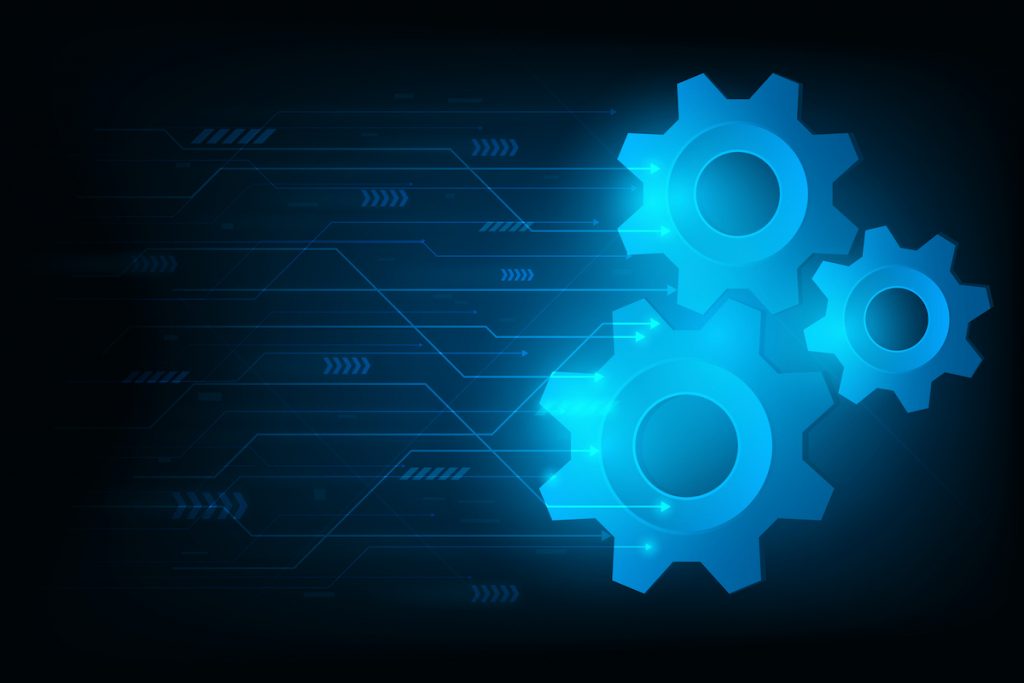Can Edge Computing Finally Make IT and OT Get Along?
Edge computing is crucial for the success of IIoT, especially when it comes to the convergence of IT and operational technology (OT). For years IT and OT teams have worked in silos, with each developing systems and processes that are purpose built for their specific needs. However, the most successful organizations have realized that the data that OT generates must be mined for what is useful to the enterprise.
This is often where the cloud is introduced as an obvious solution for integration due to the ability to store high volumes of data for analysis. However, OT teams are uncomfortable with this, feeling like they lose control, autonomy and latency. An alternative that organizations are turning to is edge computing, which appeases both teams. It enables the centrally managed and monitored infrastructure that IT teams need, while still being on the factory floor under the control of the OT teams. .
Other benefits edge computing brings to IT and OT teams are:
- Bandwidth. Smart machines generate massive amounts of data, some of which is so large that it is not feasible to move it from its source to the cloud. And the data that does need to be moved can take days to upload. Edge computing helps analyze the data so only the valuable insights are taking up valuable space.
- Cost. Moving very large amounts of data across the Internet and storing it in the cloud can be expensive. For instance, a machine learning model for predictive maintenance will consume raw data at sub-second sampling, sometimes as high as 1000 Hz. What you need in the cloud is not raw vibration data but business relevant data, which is the output of the model that is several orders of magnitude smaller.
- Autonomy. With reliable edge computing allowing teams to process data locally, a downed power line or compromised cable line will not disrupt business.
- Security. Some data is considered too sensitive to move across the Internet, even if encrypted and in a virtual private cloud. Sometimes the cloud is not a viable option for OT and IT teams who do not want to trust the entire value of a company to a third party.
- Compliance. There are regulations in many countries that dictate where and how data can be stored which prevents use of the cloud. Global organizations will be better suited to store data at the edge to ensure regulations are followed and data is processed effectively.
- Latency. Data cannot move faster than the speed of light. Switching between routers and not processing data on premise can cause significant delays in machine decision making.
With converged IT and OT, enterprises are able to deliver continuous product and service improvements, while anticipating future needs, which is of paramount of importance as the COVID-19 pandemic continues to make forecasting difficult. Adopting edge computing in this way in the future will not force IT and OT teams to merge, but to work together to make data-empowered decisions.
Implementing edge computing across an entire organization can be daunting at first but with the help of an established Edge-as-a-Service provider, the process can begin with the push of a button, setting both OT and IT up for success for years to come.
About the Author
 This article was written by Jeffrey Ricker, the Co-Founder and CEO of Hivecell, the Edge-as-a-Service company. Jeffrey is an experienced technology leader, a hands-on senior software developer and entrepreneur. He has a 30-year career working with the financial industry, start-up companies and the Defense Department.
This article was written by Jeffrey Ricker, the Co-Founder and CEO of Hivecell, the Edge-as-a-Service company. Jeffrey is an experienced technology leader, a hands-on senior software developer and entrepreneur. He has a 30-year career working with the financial industry, start-up companies and the Defense Department.


